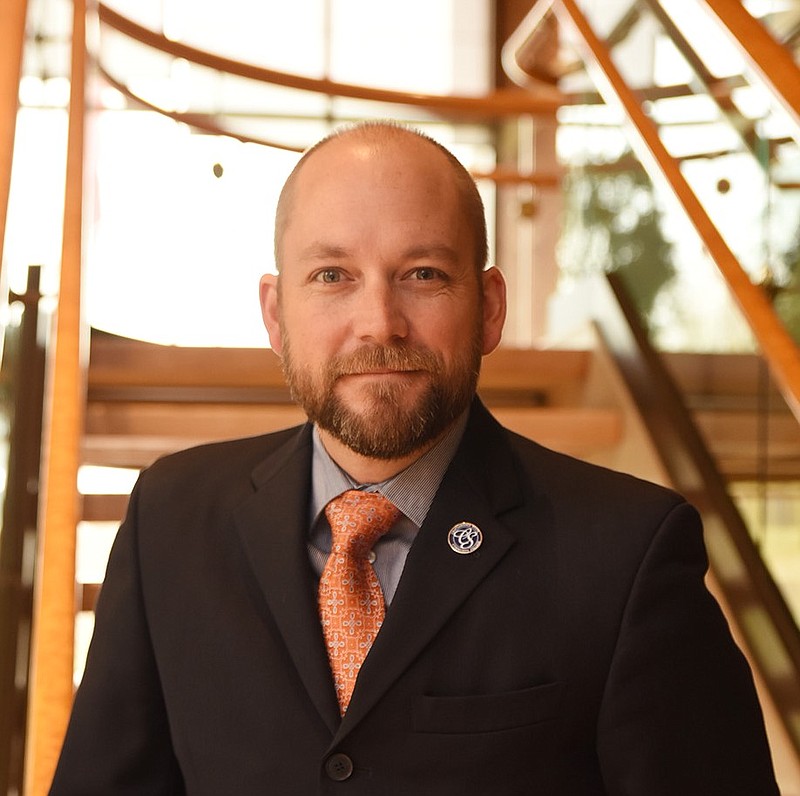As a country, we have been talking about the Silver Tsunami since the 1980s. This term is used to describe the working population nearing retirement and leaving a gaping skills gap in the workforce.
According to Census data and Pew Research, there are almost 70 million people (baby boomers) between the ages of 58-76. As of the third quarter 2020, nearly 29 million of them are retired, up more than 3 million from 2019.
And hold your breath for this: According to Brookings, in 2034, baby boomers will outnumber 18 year olds in the United States. Long story short, the Silver Tsunami continues to roll.
As challenging as the Silver Tsunami is, two other issues are equally alarming. Across the country, college going rates are declining among high school seniors. According to the Tennessee Higher Education Commission, college going rates in our state have dropped from 63.8 percent in 2017 to 52.8 percent in 2021.
Simultaneously, as we focus on high school graduates to solve our skills challenges, we have another storm in the forecast -- a shrinking youth population. In 2026, we will have about 9 million 18 year olds in the U.S. Three years later in 2029, that number will drop to 8 million. Nationally, our birth rate has been below sustainable levels for the past 50 years according to the Centers for Disease Control (CDC), and has eroded further since the Great Recession.
We know educational attainment has a direct correlation to future earnings. So the big question is: Why aren't more high school graduates enrolling in college?
As you might expect, the answer is not a simple one. However, the outstanding student loan balance is currently $1,700,000,000,000. That's $1.7 trillion dollars.
To put that into perspective, credit card debt is only $820 billion dollars. With a degree attainment (associates or higher) rate of 48.5 percent nationally, many student debt holders went to college and never completed.
Lower skilled occupations were decimated during the pandemic. As we have continued to emerge from those years, employers of those lower skilled occupations have dramatically increased wages to attract talent back.
In spite of the Silver Tsunami and pending storm, I am optimistic about the future and know we can overcome these challenges. Look no further than the grand opening of the Construction Career Center for hope. K-12, postsecondary, non-profits, governments and employers came together to address a need.
This work must continue into other workforce sectors. Perhaps you are wondering what that might look like? Even with a shrinking youth population and decline in postsecondary enrollment, there are actions we can take to address the skills deficit.
Hire for fit and train for talent. Marry education and employment so they happen simultaneously. Offer career opportunities to students who are studying in the field for which you have employment gaps. Use earn-and-learn as a talent attraction tool to create opportunity for those who have always wanted to work in your field but thought it was too late to make a career change.
Right now, CSCC is working with major employers in health care, law, media production, manufacturing and energy to create these kinds of opportunities. Perhaps the best part of all is that these can be done at scale.
Whether you need one employee or hundreds, this can work. For many companies we have been running these programs for, the retention rate is over 80 percent.
I do not have the silver bullet or the magic elixir, but I do know we are better together. We can collaborate to design new pathways to close the skills gap and create a brighter future for all of us.
Bo Drake is vice president of economic and workforce development at Chattanooga State Community College. He left the private sector after working in the insurance industry for more than a decade. His last position was with Nationwide Insurance facilitating mergers and acquisitions. His understanding of the private sector contributes to his success in helping companies develop plans to address their pressing workforce needs.
